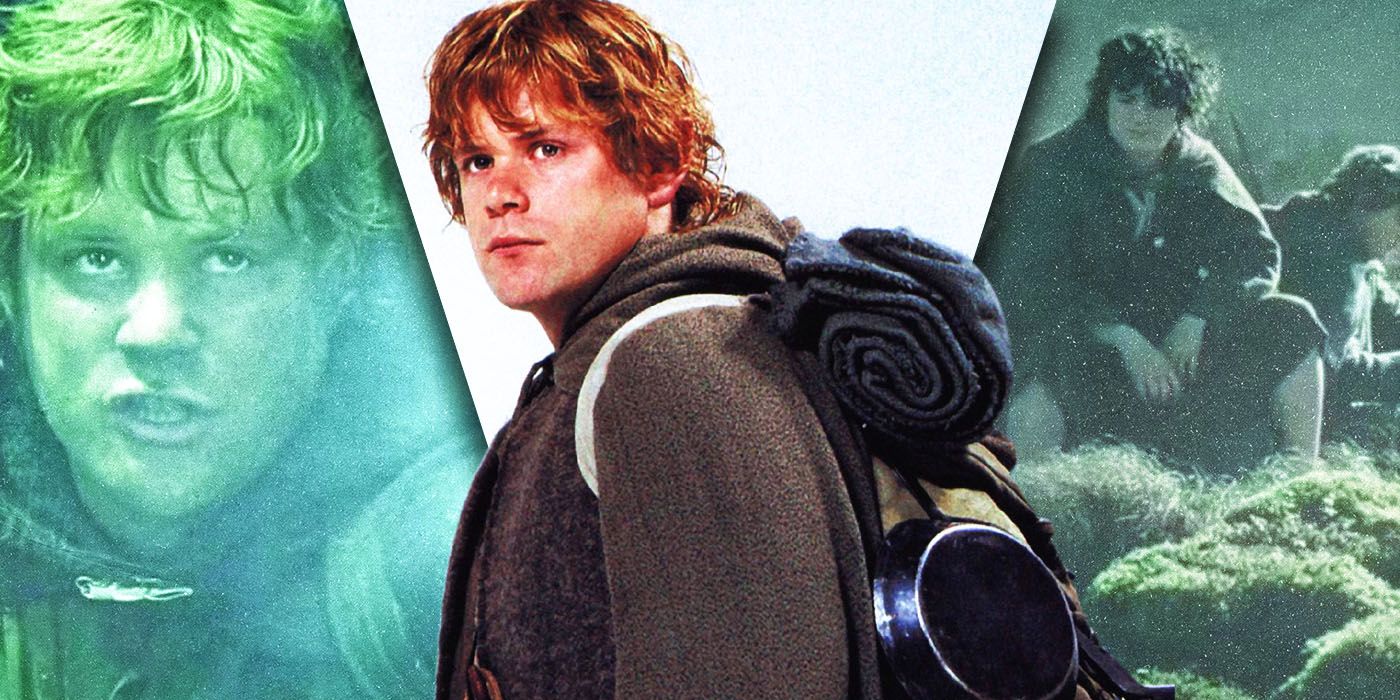
According to the chapter “The Shadow of the Past” from The Fellowship of the Ring, when Bilbo disappeared after his birthday party, most other hobbits assumed that he had “fallen into a pool or a river and come to a tragic, but hardly an untimely, end.” This proved how ingrained the danger of drowning was in hobbits’ minds. Their fear of water began with an off-hand comment that Tolkien made in The Hobbit. He stated that Bilbo was unable to swim, which made Gollum’s watery cave even more threatening. This reinforced Bilbo’s comfortable, carefree lifestyle and showed that he was seemingly not cut out for an adventure across Middle-earth’s rugged terrain. But in The Lord of the Rings, Tolkien turned this trait into something more telling about hobbit culture.
Hobbits Were Afraid of the Outside World
Bodies of Water in or Near the Shire
Description
Brandywine
River along the southern and eastern edges of the Shire
Evendim
Lake to the north of the Shire
Lhûn
River along the northern edge of the Shire
Pool at Bywater
Pond in the middle of the Shire-water
Shirebourn
River connecting to the Brandywine
Shire-water
River through the middle of the Shire, connecting to the Brandywine
Stock-brook
Stream connecting to the Brandywine
Thistle Brook
Stream connecting to the Shirebourn
The Lord of the Rings‘ hobbits valued safety, security, and comfort. They wanted to be in control of their own lives and not have any surprises, hence the hobbits’ meticulous scheduling and strict adherence to their habits. Open water was a threat to those values because it was wild and uncontrollable. There was little that a hobbit’s short limbs could do to fight against the flow of a river. Beyond the physical threat, water also represented travel and the broadening of horizons, to which hobbits were generally opposed. The Brandywine and Lhûn rivers surrounded the Shire; since hobbits preferred not to cross them, this isolated the Shire from most of Middle-earth, and that was just how the hobbits liked it. They saw outsiders as inconvenient nuisances at best and dangers at worst.
In Tolkien’s legendarium, water was connected to Elves and the Valar, as they came from Valinor to Middle-earth by crossing the Belegaer, the Great Sea. At some point in the past, the hobbits of the Shire turned away from the wisdom of Valinor to lead simple, sheltered lives. According to the prologue, “They spoke less and less with the Elves and grew afraid of them, and distrustful of those that had dealings with them.” In many ways, Tolkien presented the Shire as an idyllic community, but it also had its flaws, chief among them being the close-minded and superstitious nature of its inhabitants. As Bilbo recounted in the chapter “An Unexpected Party” from The Hobbit, Gandalf sometimes brought hobbit children to “other shores,” reigniting a sense of wonder and adventure within them, but this was rare. In the chapter “Three is Company” from The Fellowship of the Ring, Frodo remembered one of Bilbo’s sayings that compared adventure to running water:
[Bilbo] used often to say there was only one Road; that it was like a great river: its springs were at every doorstep, and every path was its tributary. “It’s a dangerous business, Frodo, going out of your door,” he used to say. “You step into the Road, and if you don’t keep your feet, there is no knowing where you might be swept off to.”
Jackson included part of this quote in The Fellowship of the Ring film, but not the allusion to a river.
Not All Hobbits Disliked the Water
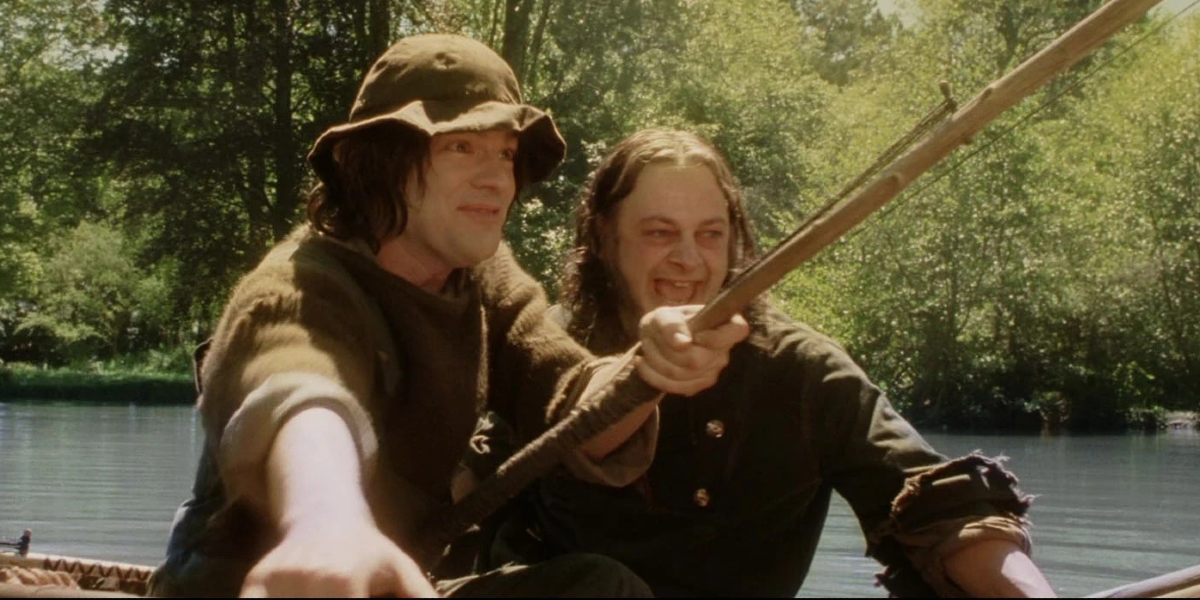
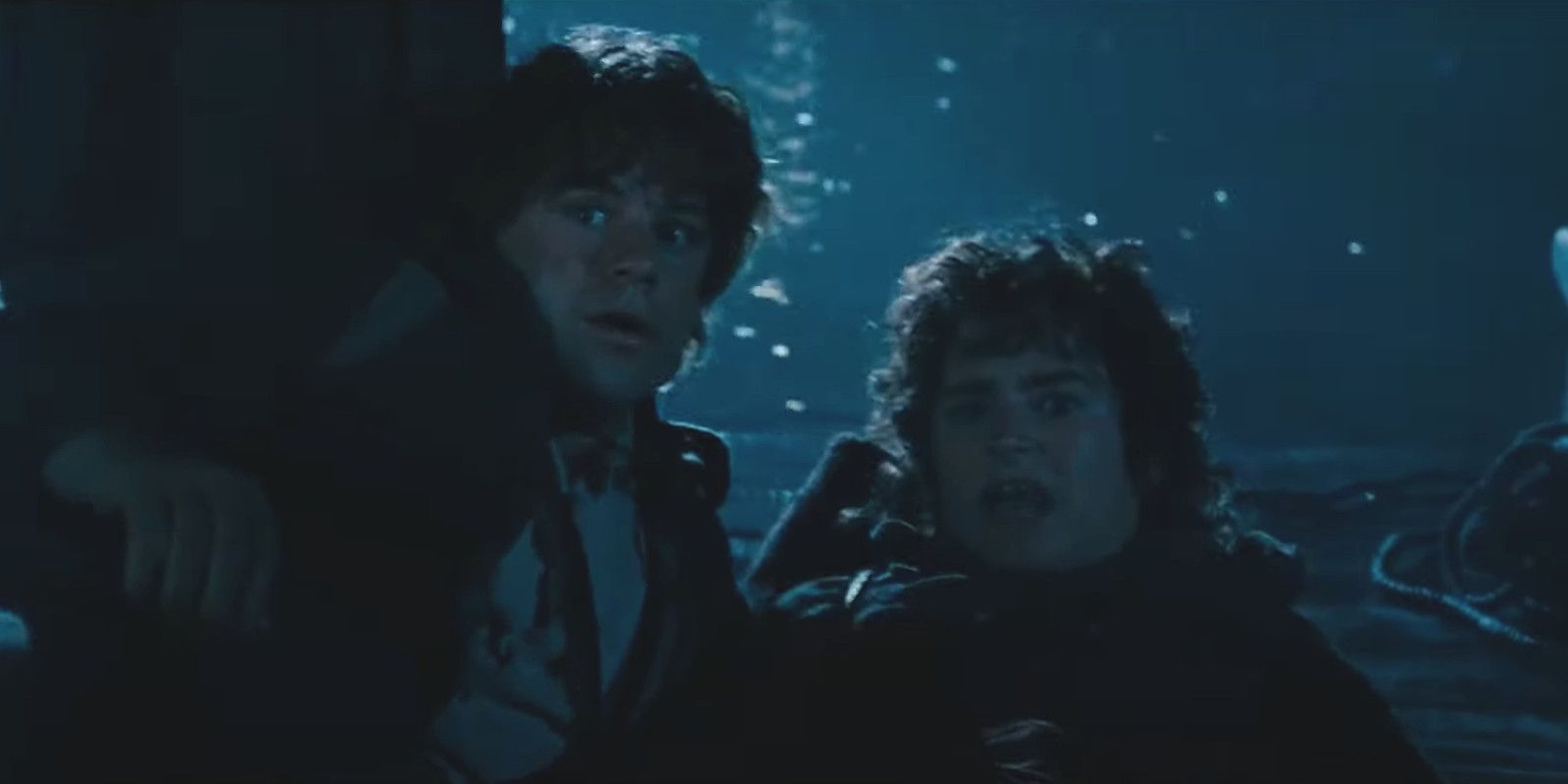
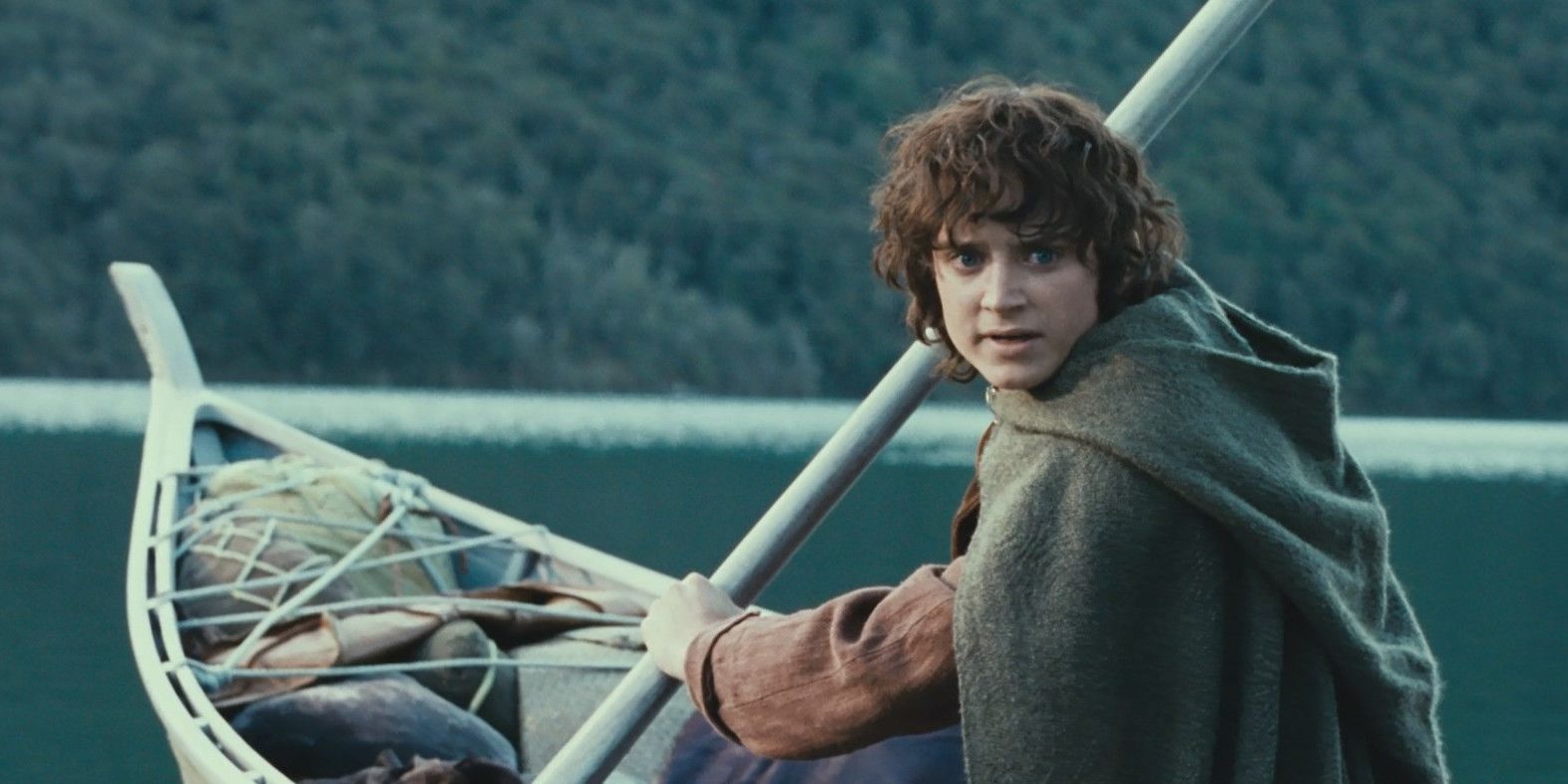
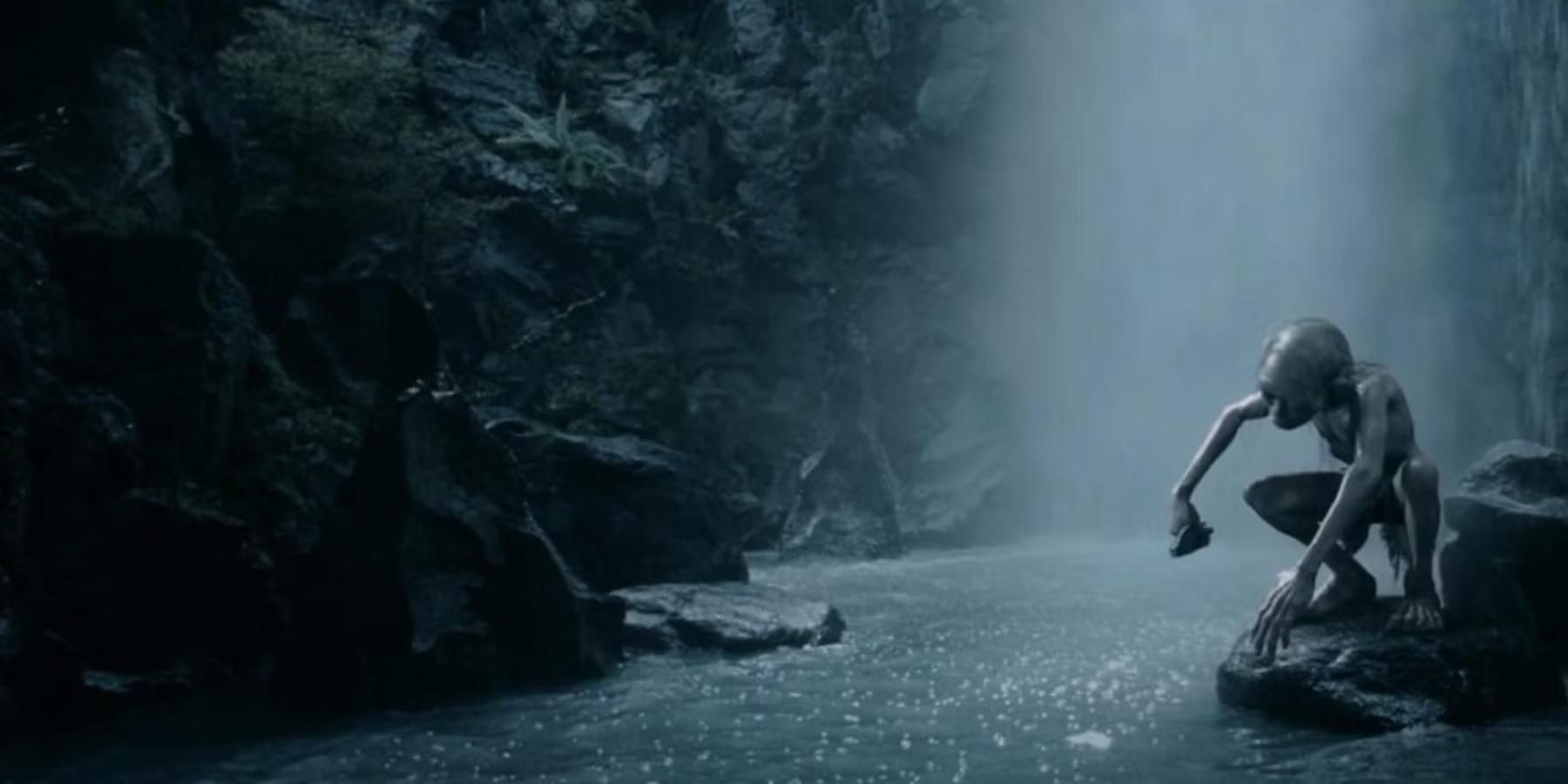




Often, the Shire-water was simply called “The Water,” as it was the only body of water with which most hobbits needed to interact.
One of the Shire’s villages, Bywater, was so called because of its proximity to the Shire-water.
Kiran Shaw, who served as the scale double for Elijah Wood in Jackson’s films, could not swim; this made Viggo Mortensen worry when they filmed boating scenes.
Disliking water was not universal among the race of hobbits. After all, their ancestors came from the area around the river Anduin and needed to cross several more rivers to reach the area that would become the Shire. The Stoor hobbits, like Sméagol, were fishermen who lived on the water. In “The Shadow of the Past,” Gandalf said of the Stoors, “They loved the River, and often swam in it, or made little boats of reeds.” The One Ring’s corruption made Sméagol even more fond of the water, and by the time of The Lord of the Rings, Gollum seemed to be an amphibious creature.
Surprisingly, some of the Shire’s denizens liked water as well. The region of Buckland was on the east side of the Brandywine, so its residents — like Merry’s family, the Brandybucks — needed to cross the river via the Bucklebury Ferry to reach the rest of the Shire, and they had no issue doing so. Many of the Bucklanders were of Stoor descent, which might have explained their willingness to use boats. The Bucklander’s association with the water earned them a negative reputation among other hobbits. In the chapter “A Long-expected Party” from The Fellowship of the Ring, Sam’s father says, “They fool about with boats on that big river — and that isn’t natural.”
Sam Overcame His Fears in The Lord of the Rings
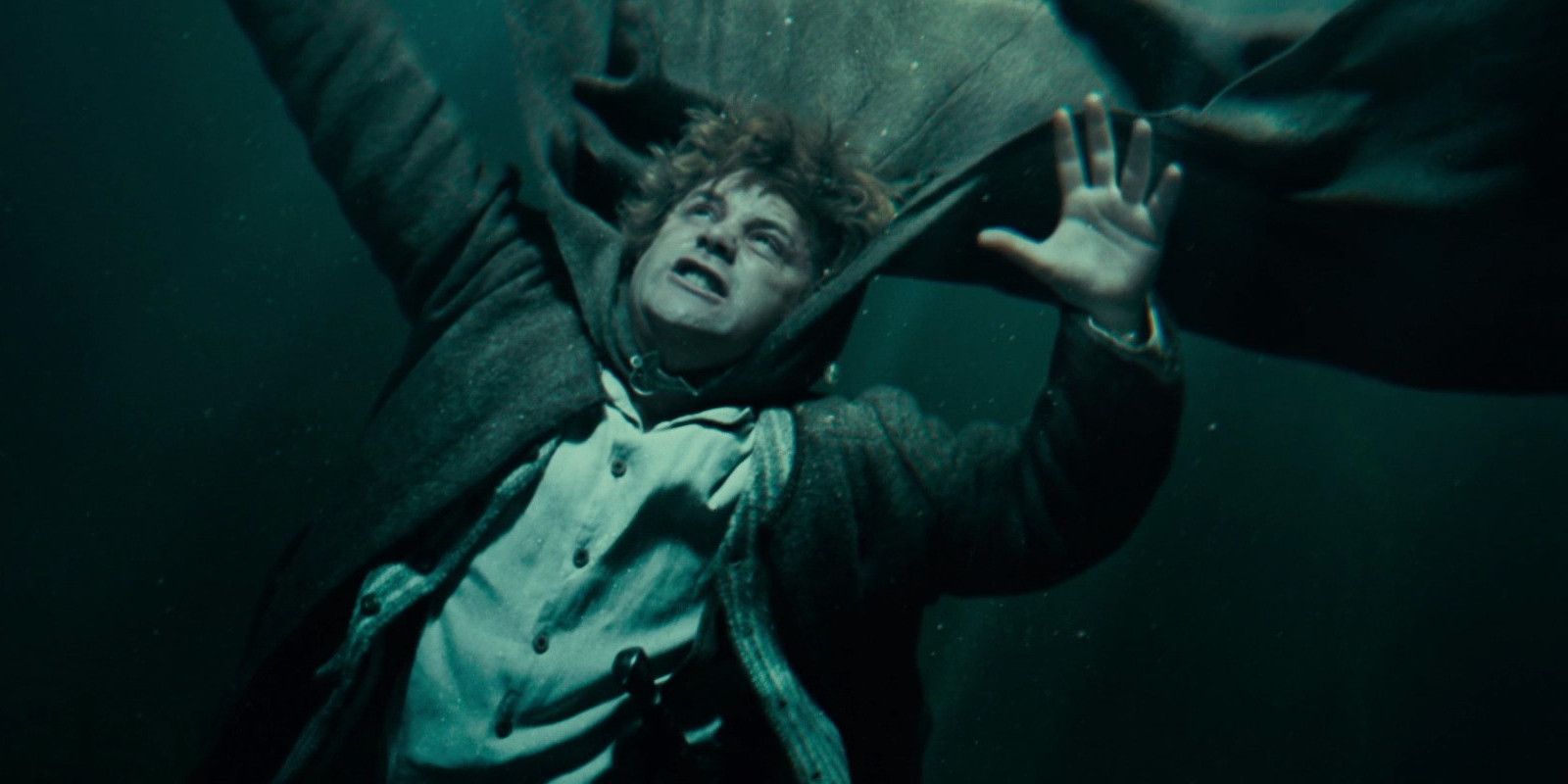
Frodo’s parents were visiting his mother’s family in Buckland when they died.
“Brandywine” was the hobbits’ version of the river’s original name, Baranduin, which came from the Elvish language of Sindarin.
Throughout The Lord of the Rings, Frodo and Sam crossed five notable rivers or streams: the Stock-brook, the Brandywine, the Bruinen, the Anduin, and the Silverlode.
Many events in The Lord of the Rings reinforced the hobbits’ feelings towards water. Old Man Willow tried to drown Frodo in the Old Forest, and the Watcher in the Water did the same just outside the Mines of Moria. In Peter Jackson’s The Two Towers film, Frodo also falls into the Dead Marshes, needing Gollum to drag him out. In the chapter “The Great River” from The Fellowship of the Ring, Sam learned that “though boats were maybe not as dangerous as he had been brought up to believe, they were far more uncomfortable than even he had imagined.” And of course, he almost drowned trying to follow Frodo at the end of The Fellowship of the Ring.
Yet water also protected the hobbits on numerous occasions. They used both Bucklebury Ferry and the flooding Ford of Bruinen to escape the Nazgûl, and Frodo and Sam avoided the Uruk-hai by taking a boat further down the Anduin. At differing points after the War of the Ring, Frodo, Bilbo, and Sam sailed across the Belegaer to reach the Undying Lands, which would have been an unthinkable journey for most hobbits. By crossing the water, they connected once again with the Elves and Valar whom their ancestors had rejected, which symbolized the increased wisdom and worldliness they gained during The Lord of the Rings.





